Home>Ideas and Tips>How To Choose And Install The Right Bathroom Vanity Top
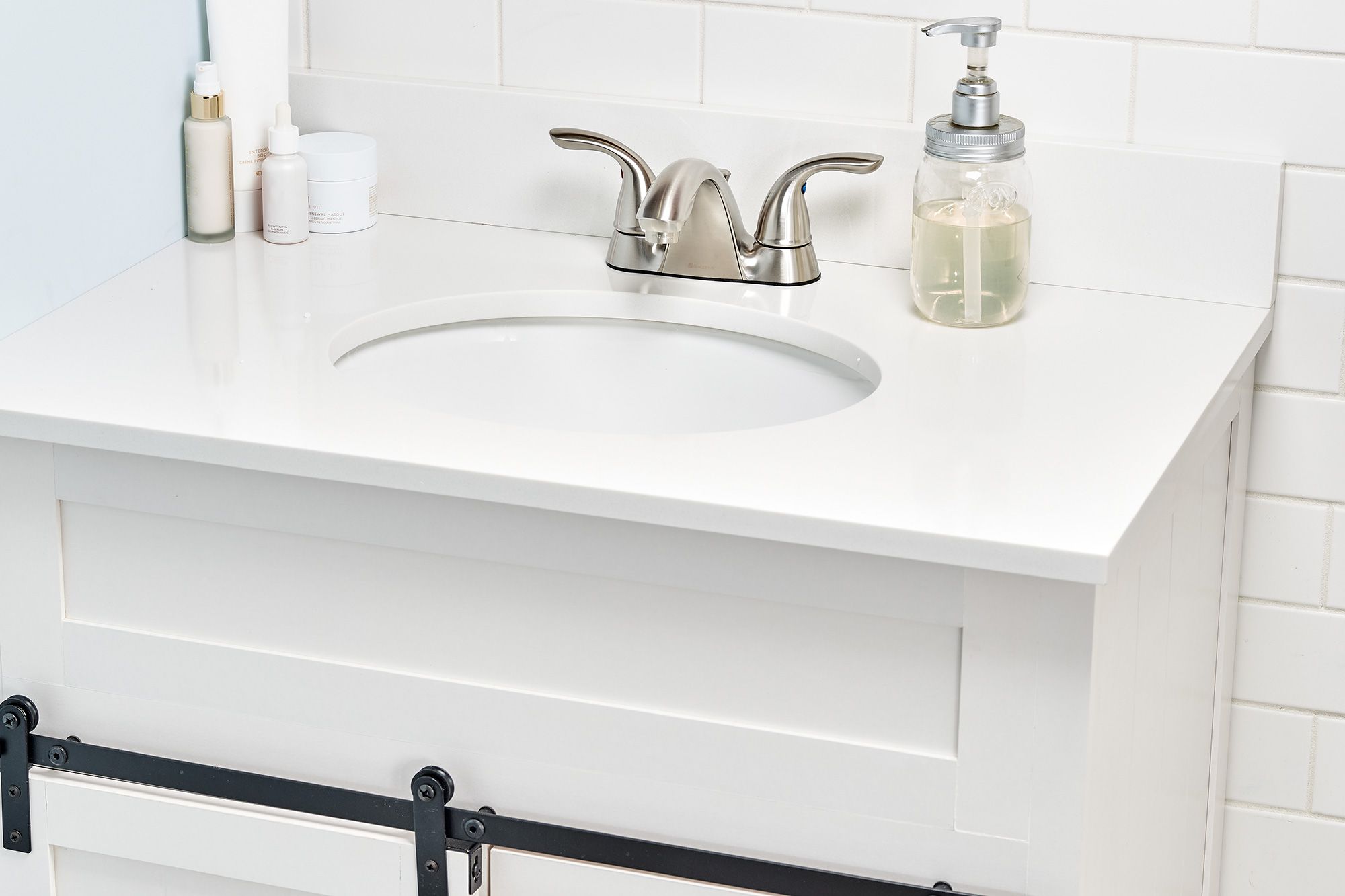

Ideas and Tips
How To Choose And Install The Right Bathroom Vanity Top
Modified: November 1, 2024
Learn how to choose and install the perfect bathroom vanity top with our comprehensive guide, covering measurements, materials, and installation tips.
(Many of the links in this article redirect to a specific reviewed product. Your purchase of these products through affiliate links helps to generate commission for Storables.com, at no extra cost. Learn more)
Choosing the right bathroom vanity top is a crucial step in any bathroom renovation project. It not only enhances the aesthetic appeal of your bathroom but also plays a significant role in functionality and durability. With numerous options available, selecting the perfect vanity top can be overwhelming. In this article, we will guide you through the process of choosing and installing the right bathroom vanity top, ensuring that your bathroom looks and functions beautifully.
Measure Your Space
Before diving into the world of bathroom vanity tops, it is essential to measure your bathroom space accurately. This step is often overlooked but is critical in ensuring that your chosen vanity top fits perfectly without obstructing the entrance or compromising on space. Measure the width, depth, and doorway width of your bathroom to get a clear picture of what you need.
Consider Your Needs
Recognize that there is no one-size-fits-all vanity top. Different households have varying needs, and these needs should guide your selection process. For instance, a working professional couple might prefer a double sink vanity to allow both individuals to get ready simultaneously. In contrast, a teenager’s bathroom might benefit from additional storage and shelves for their essentials. A guest bathroom, on the other hand, could be designed with a minimalist approach, emphasizing simplicity and elegance.
Plan Your Budget
Establishing a financial plan for your bathroom vanity renovation is crucial. The cost of the vanity unit, including labor, installation, and maintenance costs over time, should be included in this cost estimate. While it is tempting to go for the most expensive option, it is important to balance aesthetics with affordability. You can achieve your desired appearance at various pricing ranges. For example, if you like the look of genuine stone but are on a budget, you can opt for materials that mimic real stone without breaking the bank.
Vanity Shape – Aesthetics and Space Optimization
The shape of your bathroom vanity is another critical consideration. Different shapes offer unique advantages:
- Rectangular: A classic choice that maximizes counter space and storage. It fits well in larger bathrooms with ample wall space.
- Oval: Oval vanities soften the room’s look and work well in smaller bathrooms. They offer a touch of elegance and create a more open feel.
- Floating: Floating vanities, attached to the wall, create a sense of spaciousness and are ideal for contemporary and minimalist designs.
- Corner: Corner vanities are excellent space-savers, making use of otherwise unused corners. They are perfect for small bathrooms.
- Custom Shapes: You can also explore custom shapes to fit unique bathroom layouts or create a one-of-a-kind design.
Vanity Material Matters
The material of your vanity impacts both its appearance and durability. Here’s a closer look at common options:
- Wood: Offers a warm, natural look but may require more maintenance.
- MDF (Medium Density Fiberboard): Budget-friendly and versatile, but not as durable as solid wood.
- Glass: Provides a modern, elegant appearance but may require more cleaning.
- Stone: Options like granite and marble offer durability and timeless beauty.
Sink Styles
The sink style you choose should complement your vanity and your bathroom’s design. Here are some popular options:
- Undermount Sink: Mounts beneath the countertop for a seamless look.
- Drop-In Sink: Sits on top of the counter with its edges visible.
- Vessel Sink: Sits entirely above the countertop, creating a striking focal point.
- Pedestal Sink: A space-saving option with a stand-alone base.
Countertop Choices
The countertop material not only affects aesthetics but also maintenance and cost. Here are some options:
- Granite: Known for its durability and natural beauty, granite is a popular choice for bathroom vanities. It comes in various shades and patterns, making it versatile for different bathroom styles.
- Quartz: A low-maintenance material making it high in demand for bathroom vanity designs. Quartz has a non-porous surface, making it scratch-, stain-, and heat-resistant.
- Ceramic: Ceramic countertops are made from clay and add a smooth and bright finish to your vanity. This material has become popular for integrated vanity styles because the sink and counter are made of one piece of ceramic.
- Marble: Most frequently spotted in glam or modern style bathrooms, marble is known for its luxe sheen and unique veining. Marble is a great option for bathroom vanities not only for its looks but also its heat-, moisture-, and chip-resistance.
Additional Features
When picking out the right bathroom vanity style, it’s not just about the design and material. Here are some additional feature options to consider:
- Soft-Close: The soft-close feature on a vanity ensures that your drawers or doors won’t shut too quickly or firmly with a mechanism that eases the door closed. This feature prevents unwanted loud noises and keeps your vanity in great shape.
- Fully Assembled: Avoid the extra labor of assembling your vanity with one that comes fully assembled. This can save you time and hassle during installation.
- Distressed Finish: A distressed finish adds a vintage and worn look to your vanity. This style is perfect for rustic, farmhouse, industrial, or contemporary bathroom aesthetics.
Installing Your Bathroom Vanity Top
Once you have chosen the perfect vanity top, it’s time to install it. Here’s a step-by-step guide to help you through the process:
Prepare Your Workspace
Before starting the installation, clear your workspace of any clutter or obstructions. Ensure that you have all necessary tools and materials within reach.
Remove Old Vanity Top (If Applicable)
If you are replacing an existing vanity top, remove it carefully. This may involve unscrewing any fasteners or breaking the sealant used to attach it to the countertop.
Measure and Mark the Countertop
Measure your new vanity top and mark its dimensions on the countertop where it will be placed. Use a level to ensure that your marks are straight and even.
Apply Adhesive (If Necessary)
If your new vanity top requires adhesive for installation, apply it according to the manufacturer’s instructions. Make sure to follow any recommended drying times before proceeding.
Place the Vanity Top
Carefully lift and place the new vanity top onto the marked area on your countertop. Ensure it is centered and aligned properly with any pre-existing fixtures like sinks or faucets.
Secure the Vanity Top
Use screws, nails, or adhesive as recommended by the manufacturer to secure the vanity top in place. Make sure it is firmly attached to prevent any movement during use.
Install Sinks and Faucets
If your new vanity top includes sinks or faucets, follow the manufacturer’s instructions for installation. Typically, this involves attaching them securely to the countertop using provided hardware.
Seal Any Gaps
Once everything is in place, inspect for any gaps between the vanity top and countertop. Apply sealant as needed to prevent water from seeping underneath and causing damage.
Test and Inspect
After installation, test your vanity top by running water through the sinks and checking for any leaks or uneven surfaces. Inspect all connections and ensure they are secure.
Tips for Maintenance
To keep your bathroom vanity top looking its best over time, follow these maintenance tips:
- Clean Regularly: Regular cleaning can prevent stains and maintain the appearance of your vanity top. Use mild soap and water for most materials; avoid harsh chemicals that could damage certain surfaces.
- Avoid Harsh Chemicals: Never use abrasive cleaners or bleach on your vanity top as they can damage the surface over time.
- Dry Spills Immediately: If you spill something on your vanity top, dry it immediately with a clean cloth to prevent stains from setting in.
- Use Protective Coatings: Consider applying protective coatings like sealants or waxes to protect your vanity top from daily wear and tear.
- Check for Damage: Regularly inspect your vanity top for any signs of damage such as cracks or chips. Addressing these issues promptly can prevent further damage.
Conclusion
Choosing the right bathroom vanity top involves considering multiple factors including budget, space requirements, material durability, and aesthetic appeal. By following these steps and tips outlined above, you can ensure that your bathroom vanity top not only enhances the beauty of your bathroom but also functions efficiently over time.
Remember that each bathroom is unique with its own set of needs and preferences. Whether you’re looking for a classic look with granite or something modern with quartz, there’s a perfect vanity top out there waiting for you. With careful planning and execution during installation, you can enjoy years of beautiful and functional use from your new bathroom vanity top.
By following this comprehensive guide on how to choose and install the right bathroom vanity top, you’ll be well-equipped to transform your bathroom into a stylish and functional space that meets all your needs. Happy renovating
Was this page helpful?
At Storables.com, we guarantee accurate and reliable information. Our content, validated by Expert Board Contributors, is crafted following stringent Editorial Policies. We're committed to providing you with well-researched, expert-backed insights for all your informational needs.
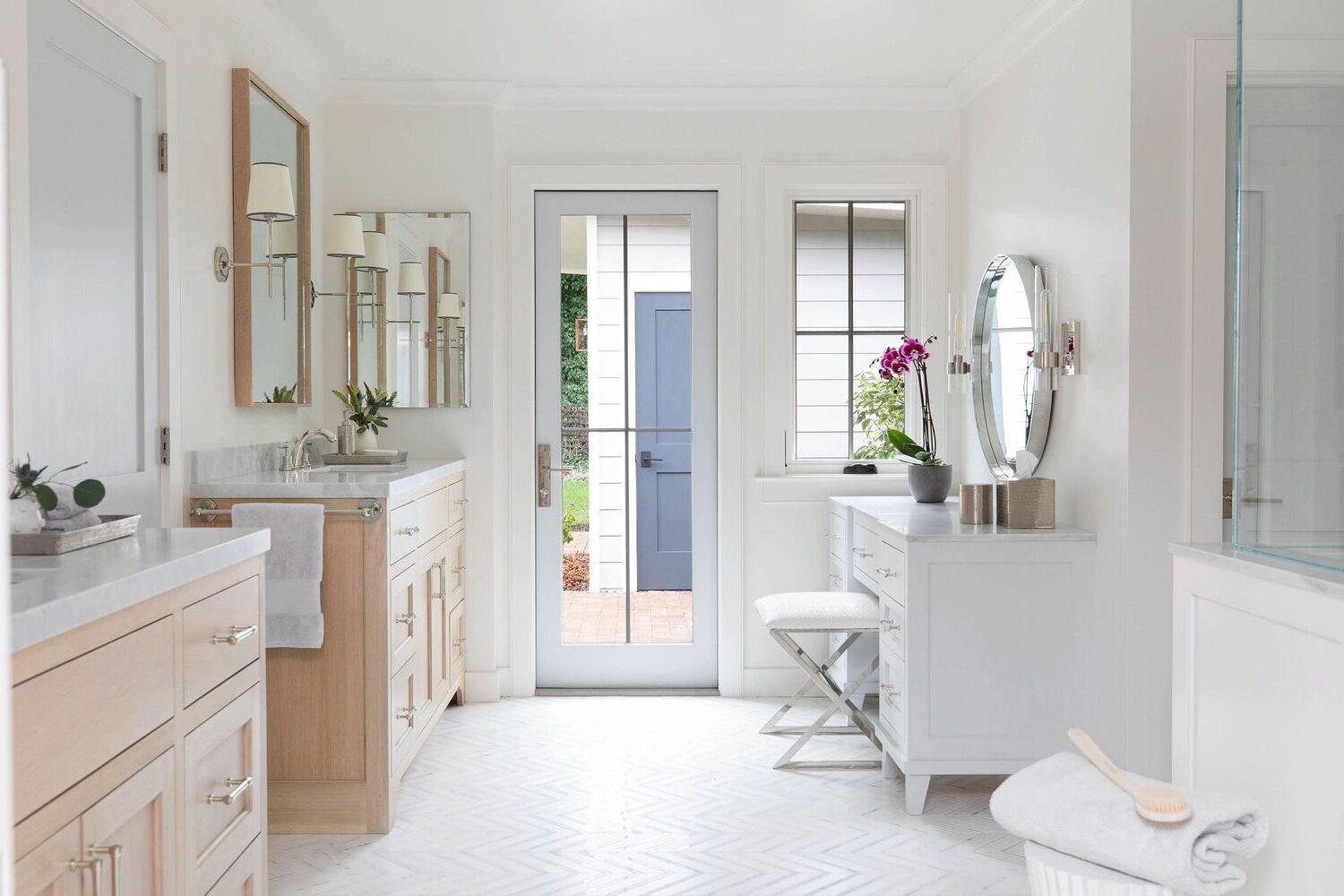
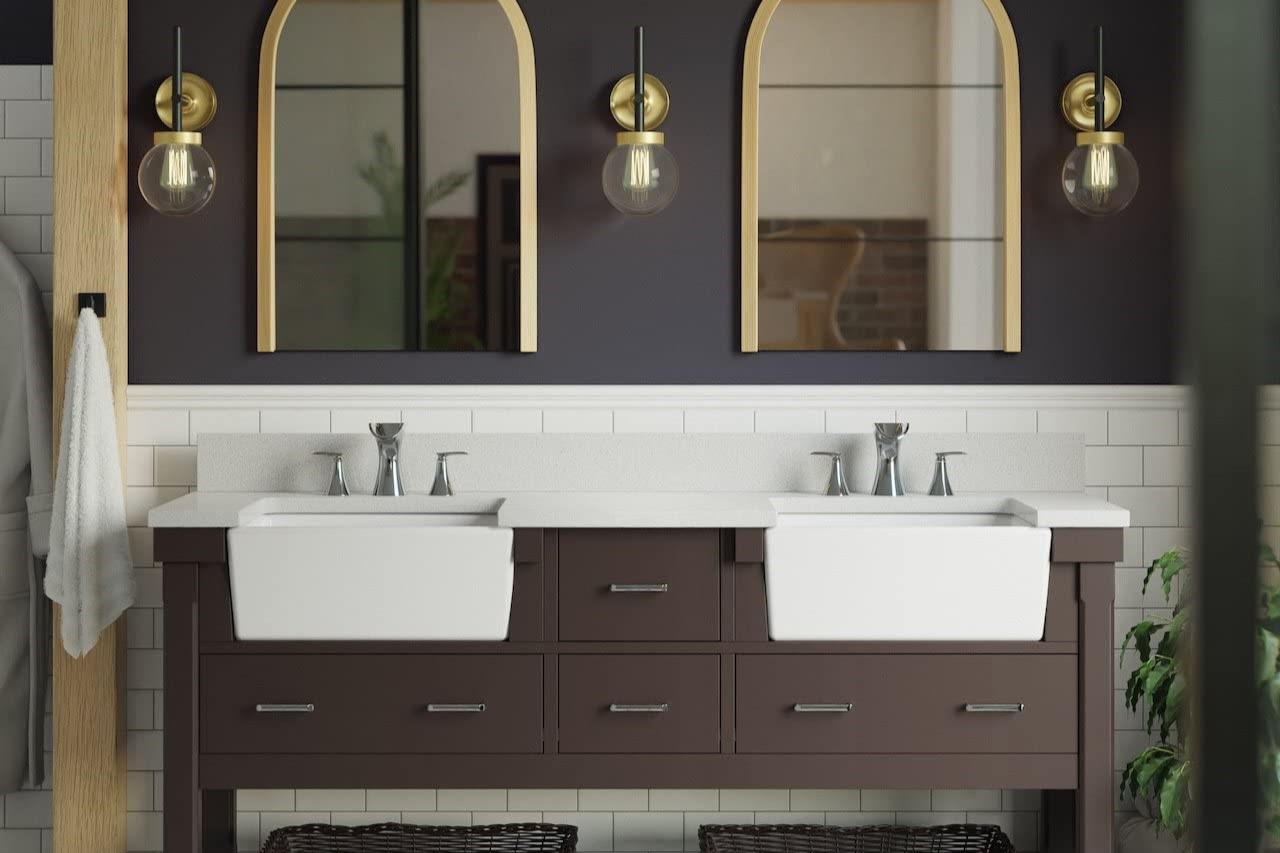
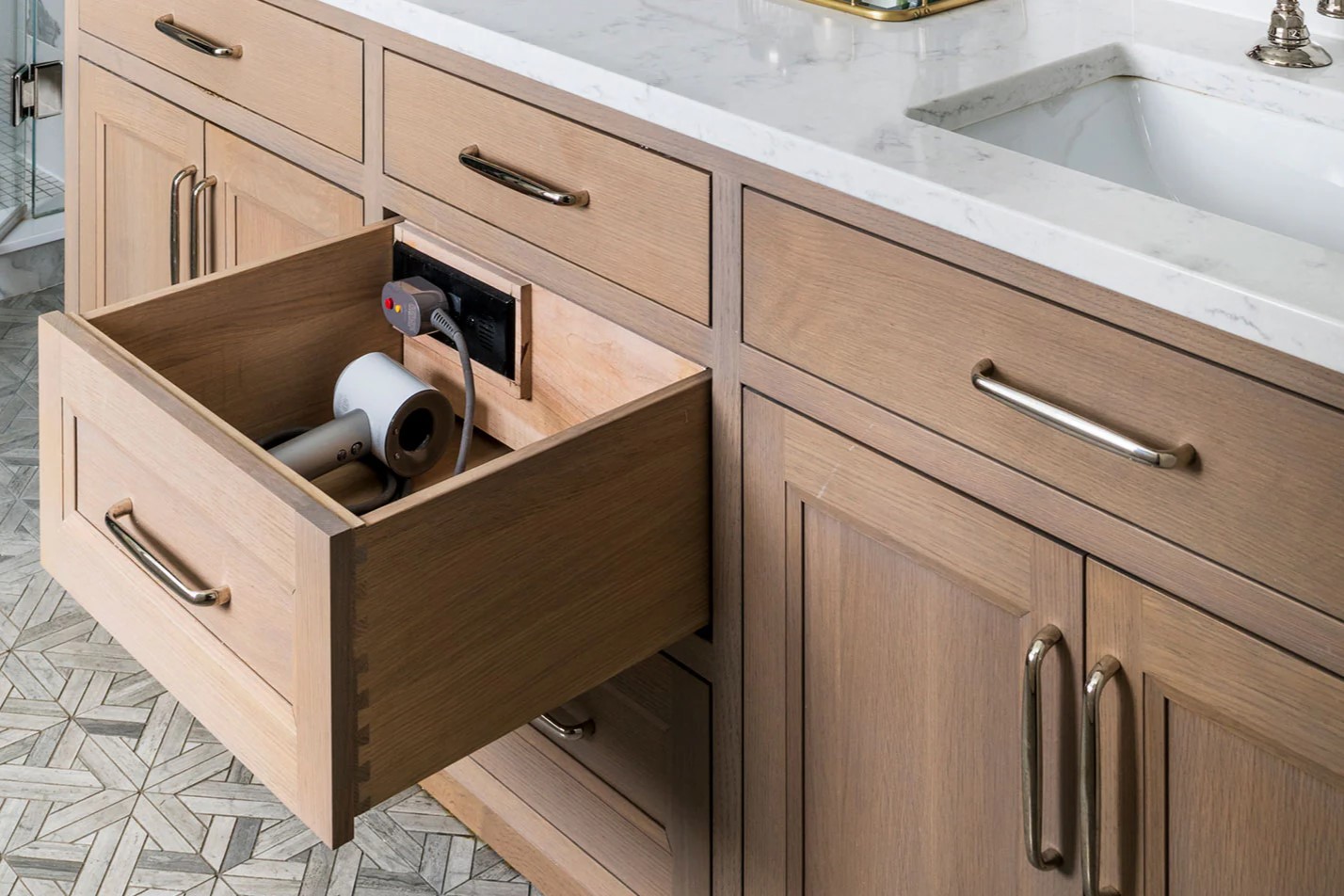
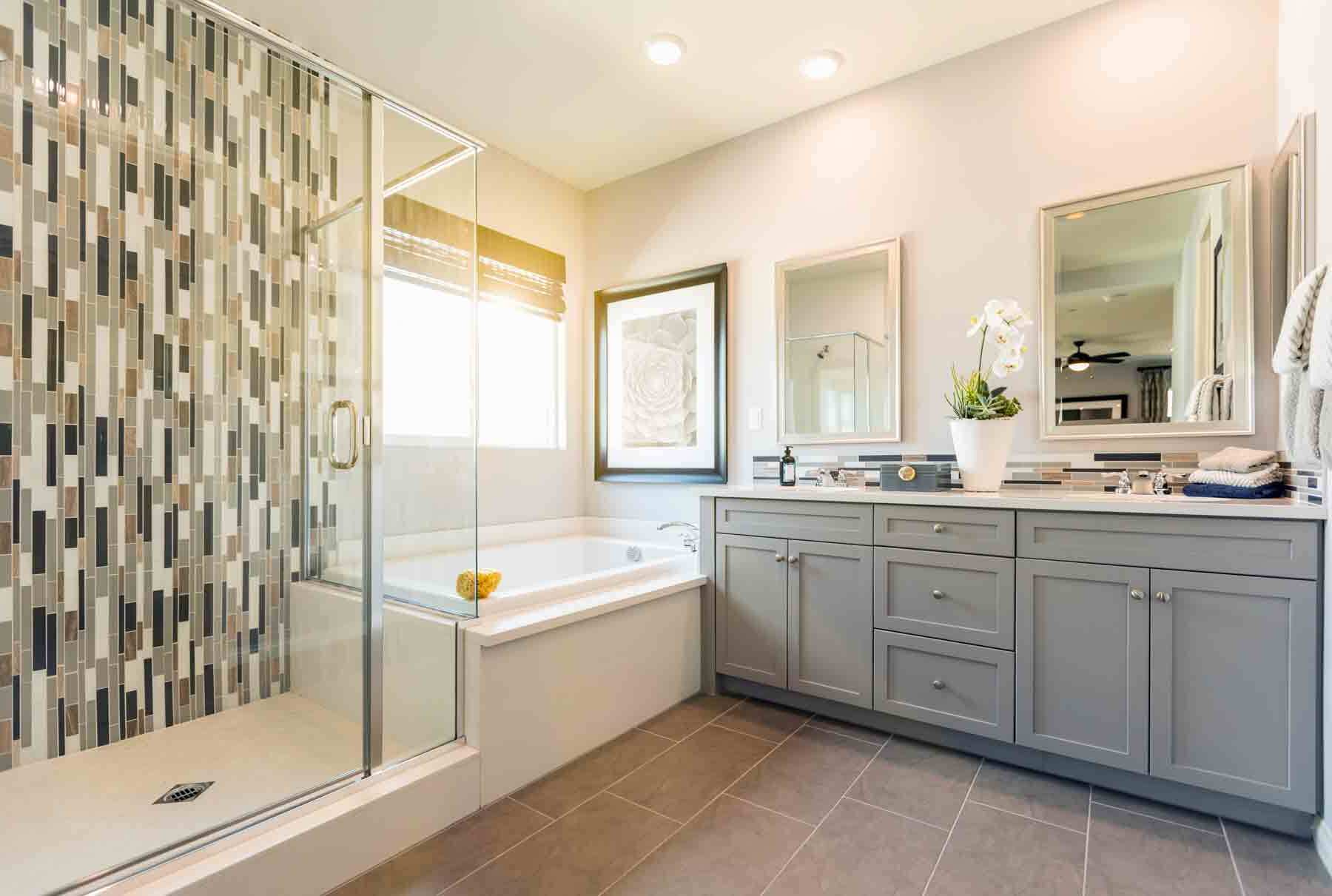
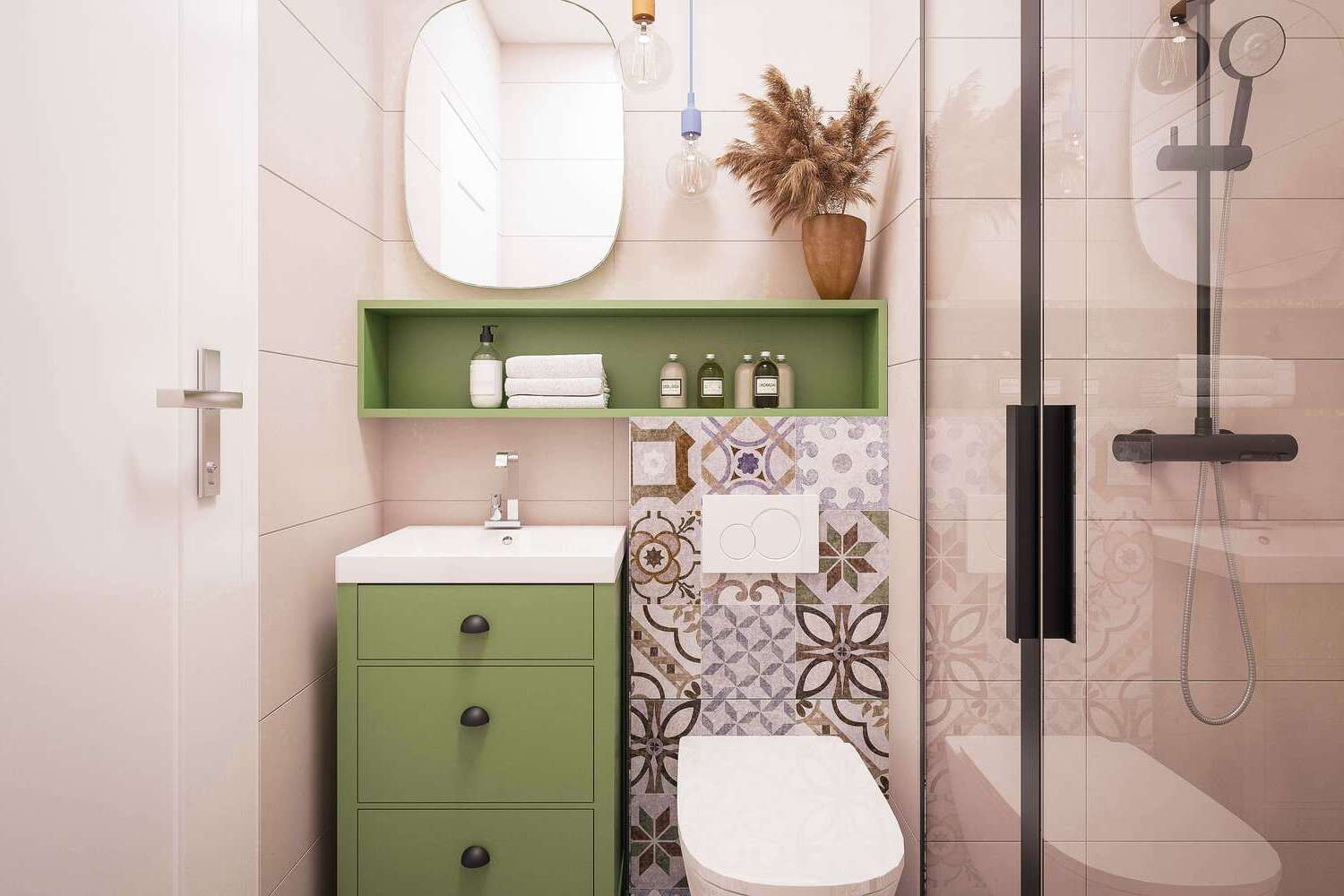
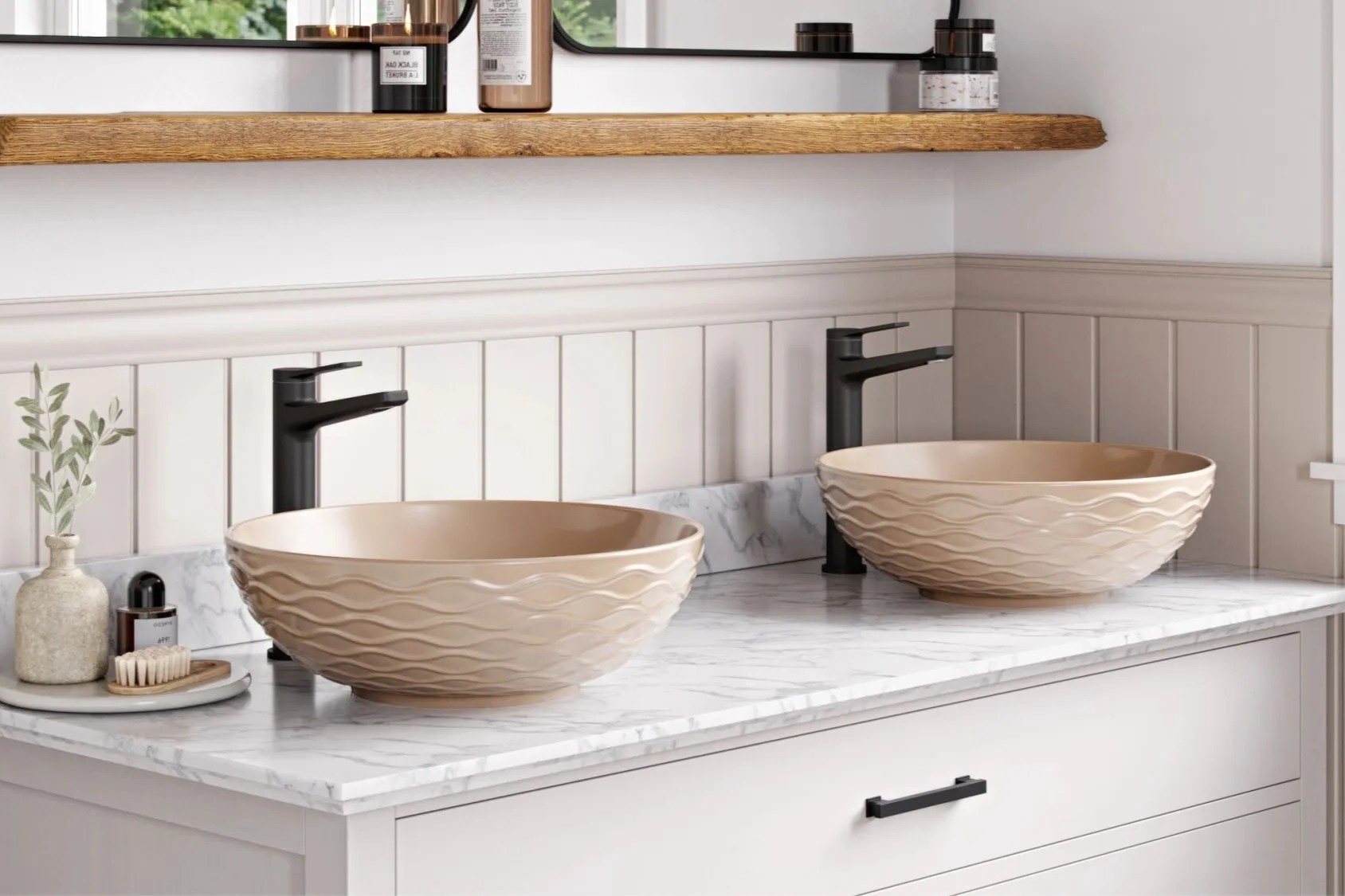
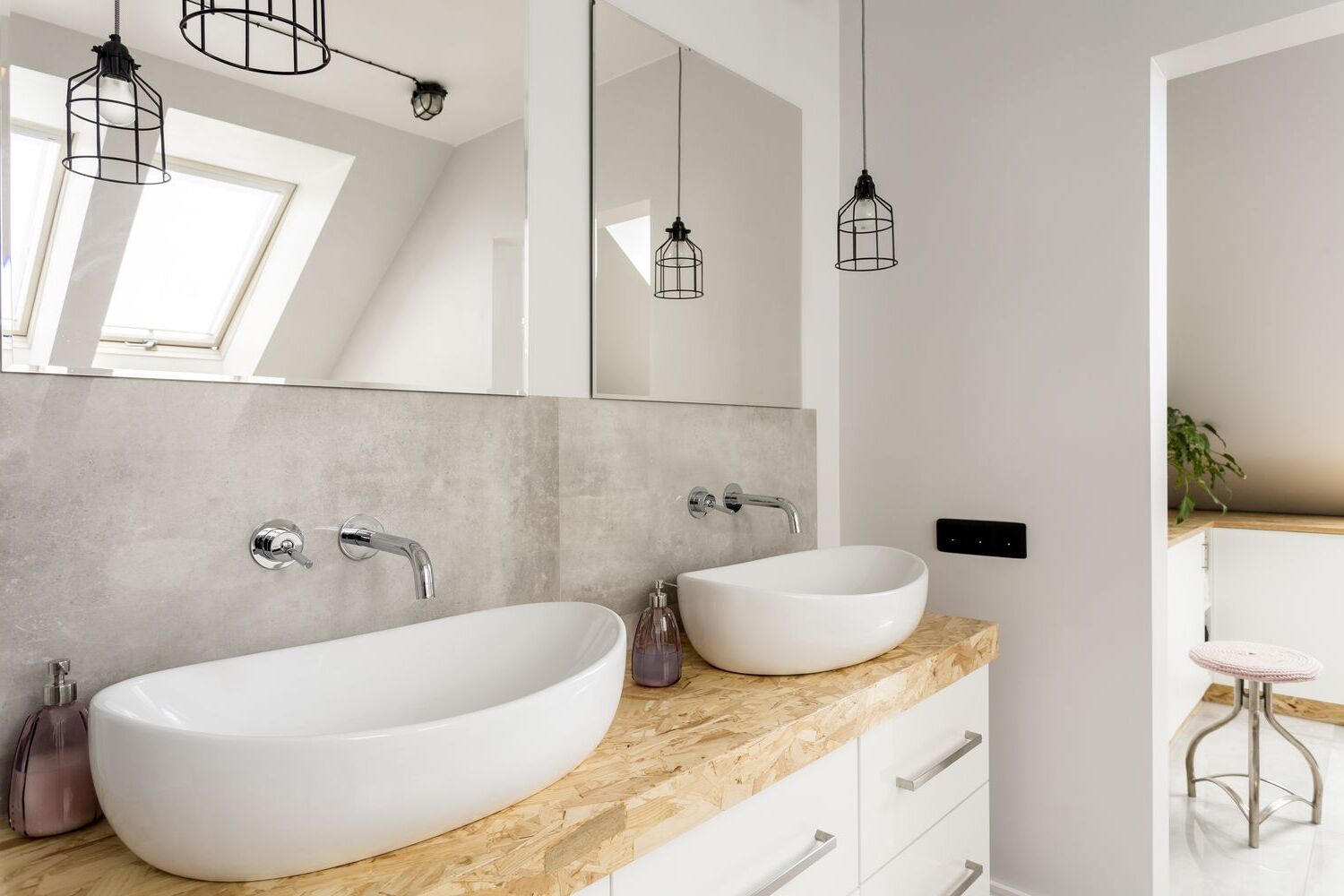
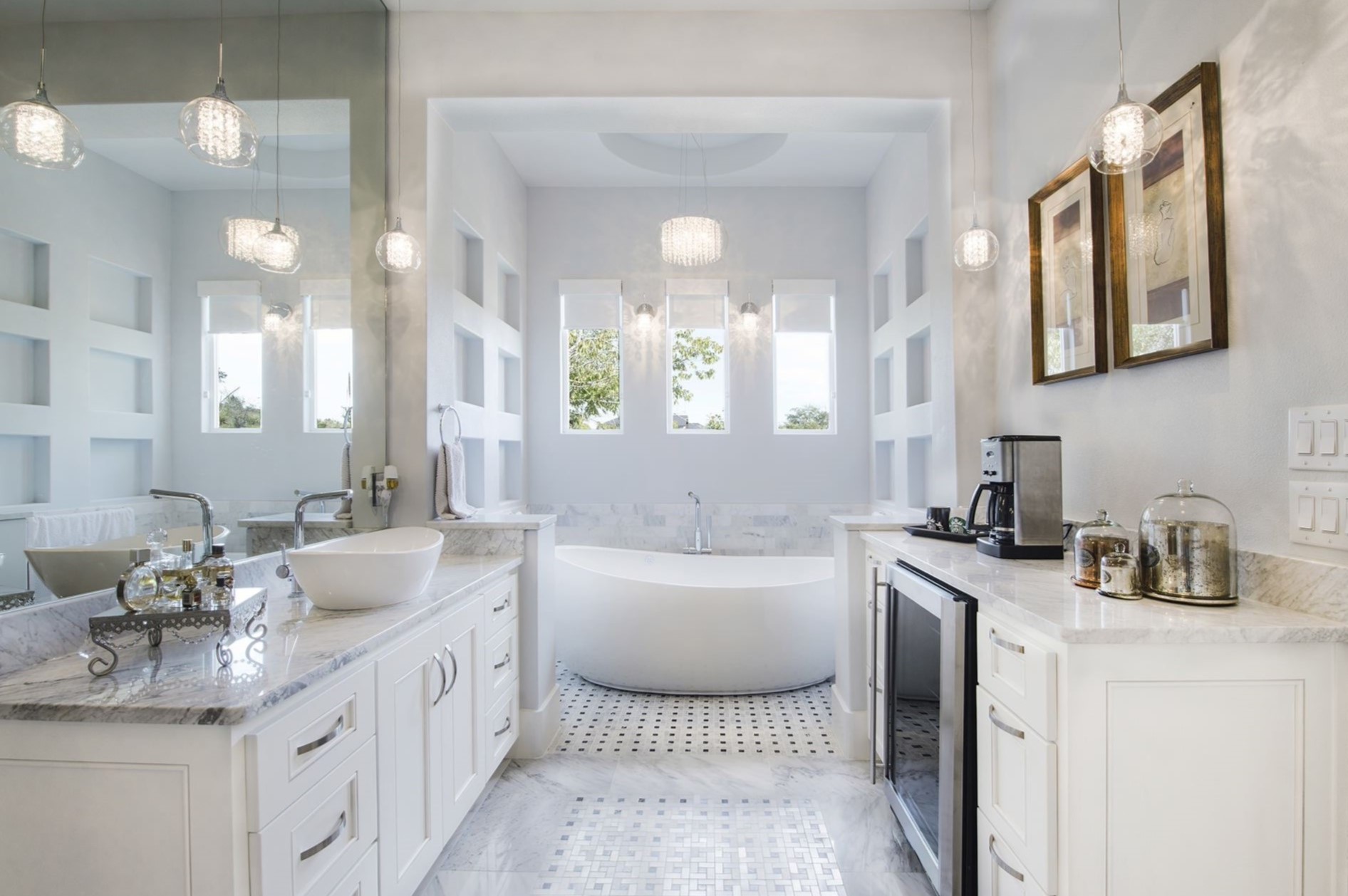
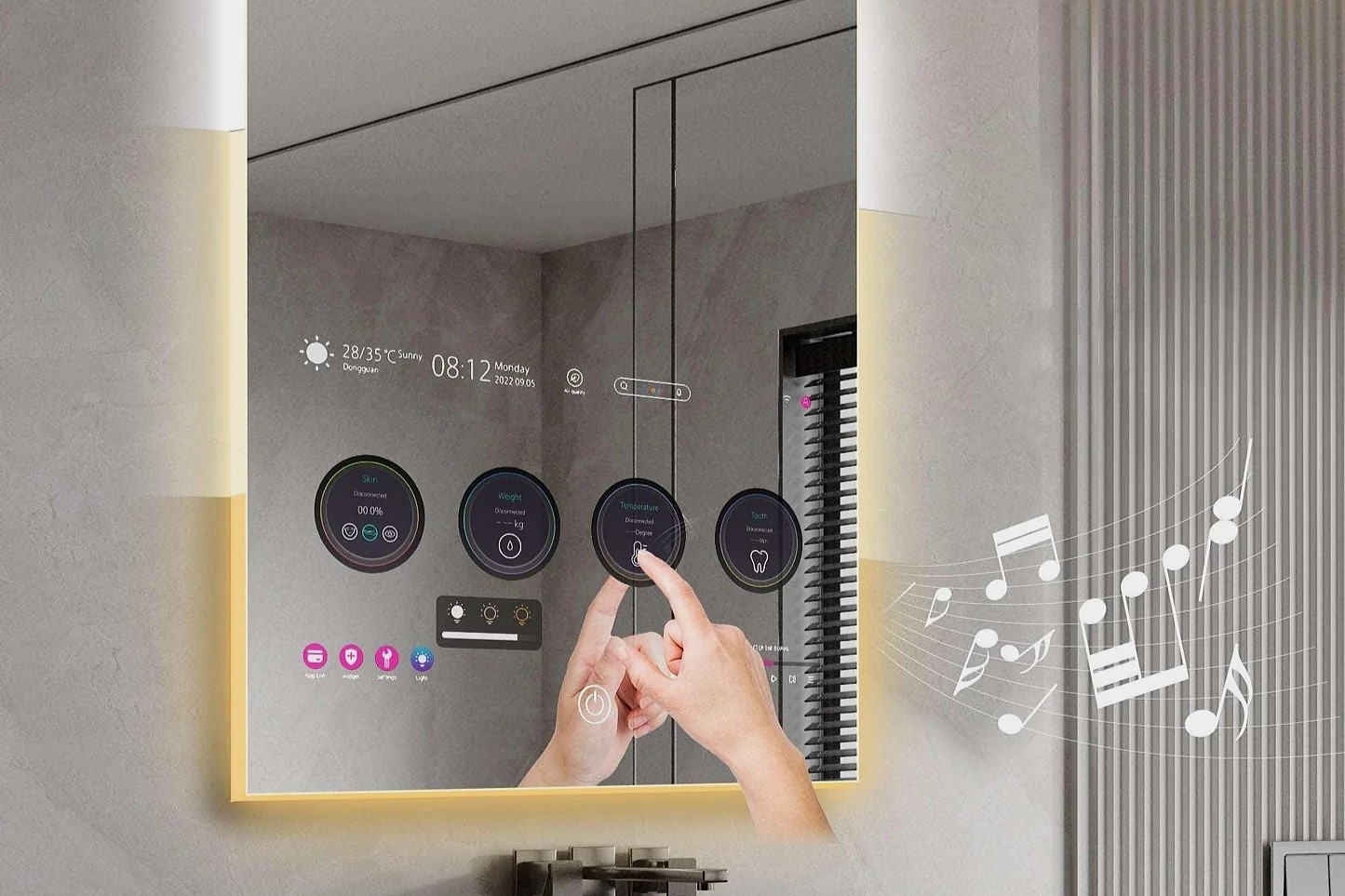
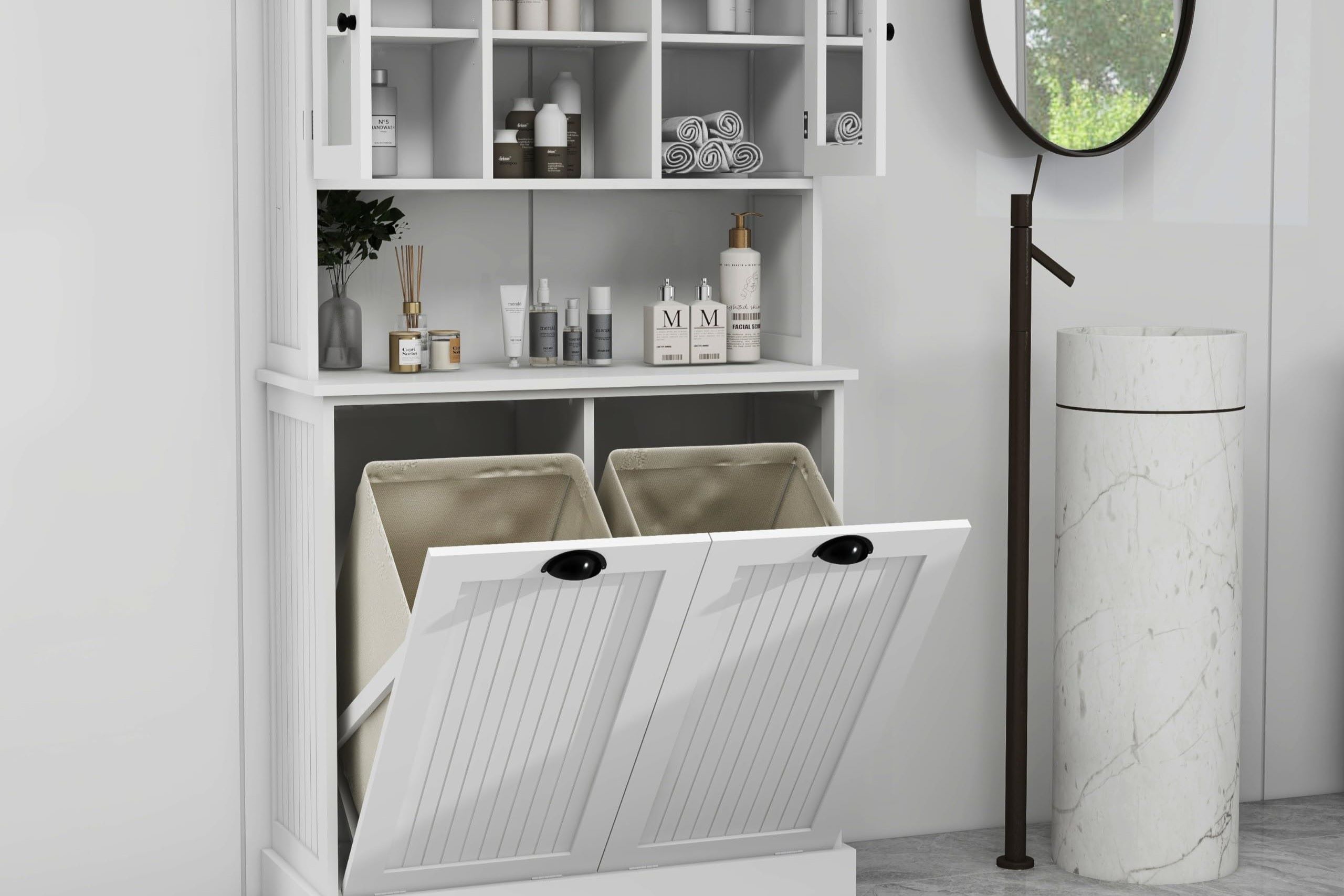
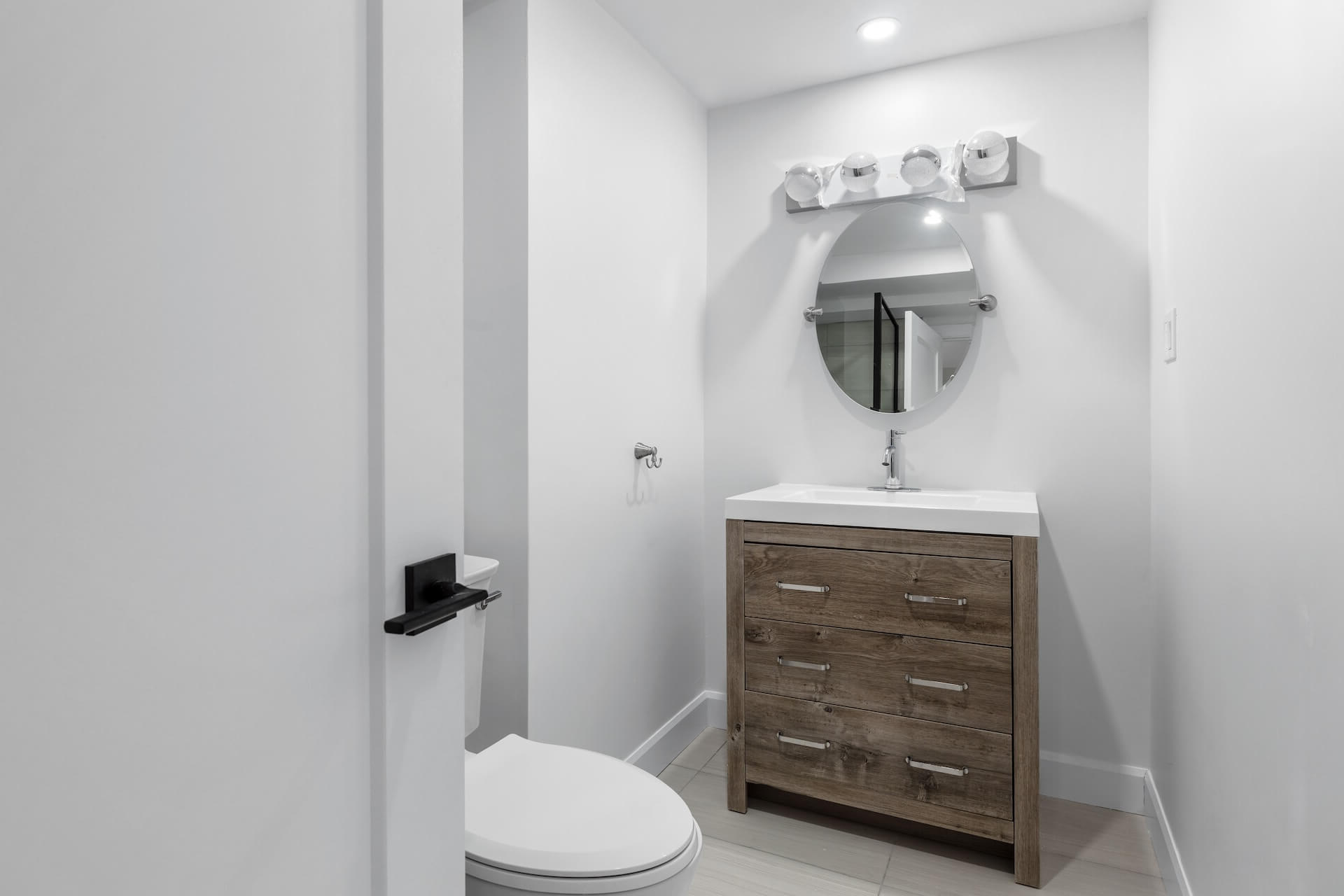

0 thoughts on “How To Choose And Install The Right Bathroom Vanity Top”